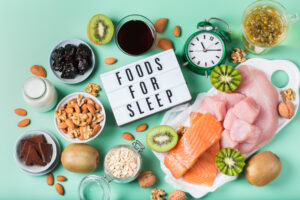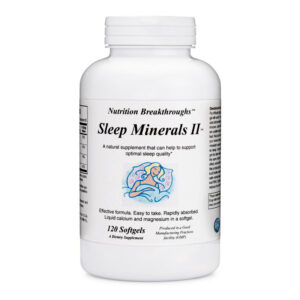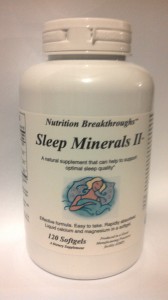 By Matthew Picklo, Human Nutrition Research Center
By Matthew Picklo, Human Nutrition Research Center
Have you thought about the many colors of our foods? They catch our eye and add so much to the appeal of our meals – particularly fruits and vegetables. Research shows that the colors of our foods may also be related to the health benefits they provide.
The pigments that give plant foods their vibrant colors are of value to the plants themselves, as well as to those who consume them. These colorful fruit and vegetable pigments also serve to attract feeding animals who later help distribute the plants’ seeds.
Plant pigments have long been of interest to food chemists who have studied their contributions to the visual appeal of foods. In recent years, there also has been an explosion of interest in the health potentials of the pigments that are responsible for food colors.
There are several types of pigments in foods. One group is the “anthocyanins”, a term derived from the Greek words for “flower” and “blue”. Anthocyanins are present in many fruits including cherries, blueberries, blackberries, and cranberries. They also are found in colored grains such as purple corn, red rice, black rice, purple carrots and blue potatoes.
One of the richest sources of anthocyanins is the chokecherry. Black rice, which has a purple-black bran, also has very high levels of anthocyanins. In ancient China, it was known as “forbidden rice”, as it and was only eaten by the nobility. Anthocyanins appear to protect plant tissues from damage by ultraviolet light. They may also be anti-microbial.
Laboratory studies suggest that the anthocyanins in foods benefit health by reducing inflammation and preventing oxidative damage to cells, a process associated with diabetes and cardiovascular disease. Studies have shown this for anthocyanin-rich fruit juices, and scientists are now asking whether some anthocyanins may be more useful than others, and how they function in the body.
Another group of plant pigments are the carotenoids – a large group of more than 600 compounds that give vegetables and fruits their yellow, orange and red colors. Some familiar sources include tomatoes, carrots, yellow squash and spinach. The most common carotenoids are beta-carotene, lycopene and lutein.
Beta-carotene is related chemically to vitamin A, which is essential for vision and functions in maintaining healthy bones, immune function and may other vital functions. In fact, the body can convert beta-carotene to vitamin A. Spinach, carrots, orange juice and cantaloupe are particularly good sources of beta-carotene.
Lycopene is present in tomatoes, tomato sauce and tomato juice. It is of current interest in cancer research, as studies have associated reduced prostate cancer risk for men with relatively high blood levels of lycopene.
Lutein is accumulated by the key visual area of the retina called the macula where it is thought to protect against potentially damaging effects of light. It is thought that lutein may reduce the risk of macular degeneration, which is a major cause of visual impairment in people aged fifty years and older.
Good sources of lutein include green leafy vegetables such as spinach, kale, and turnips greens. USDA scientists have found that eggs can be an important source of lutein.
Understanding how diet and physical activity can prevent disease and promote health is central to the research mission of the USDA Grand Forks Human Nutrition Research Center, or GFHNRC. This includes better understanding of the health roles of anthocyanins and carotenoids.
More information to help you make healthful and colorful food choices can be found at MyPyramid.gov.
———-
Comments from the blog author: When deciding what to eat, seek out brightly colored fruits and vegetables for greater health. Good eating leads to good health for all parts of your body, including your heart and brain, and leads to higher levels of energy during the day and better, deeper sleep at night.
This article is provided to you by Nutrition Breakthroughs, maker of the effective sleep remedy for insomnia “Sleep Minerals II”. Sleep Minerals II contains highly absorbable forms of magnesium, calcium and Vitamin D, provided in a softgel with healthy oils. This form makes it far more absorbable than tablets. If you or someone you care about would like to get better, deeper sleep, click here to learn more.
————-
Article Source: http://www.ars.usda.gov/News/docs.htm?docid=21735







